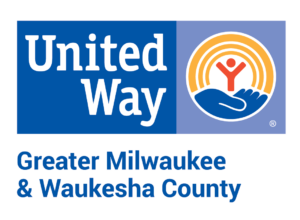LEAD PREVENTION
Lead is dangerous for children
Protecting children from exposure to lead is important to lifelong good health. No safe blood lead level in children has been identified. Even low levels of lead in blood have been shown to negatively affect a child’s intelligence, ability to pay attention, and academic achievement.
While the effects of lead poisoning may be permanent, if caught early, there are things parents can do to prevent further exposure and reduce damage to their child’s health.

What is lead poisoning?
Exposure to lead that results in illness and requires immediate medial attention. Even low levels of lead that were once considered safe have been linked to harmful changes in intelligence, behavior, and health. Children are most at risk because they are still developing physically and mentally.
How can children get lead poisoning?
- Eating tiny paint chips that peel or flake in and around the home.
- Ingest lead-contaminated dust on toys or hands.
- Play in and ingest lead-contaminated soil.
- Track lead paint mixed with dust or soil into and throughout a home.
- Drink water from lead-based pipes.
Are any levels of lead safe for kids?
No safe blood lead level in children has been identified. Children are at high risk due to their rapid growth.
Where does lead come from?
Paint used in homes built before 1978 and water pipes until 1986.
How to test for lead poisoning?
A health care provider can do a blood test to check for lead levels in children.
Lead Prevention Resources
In collaboration with


